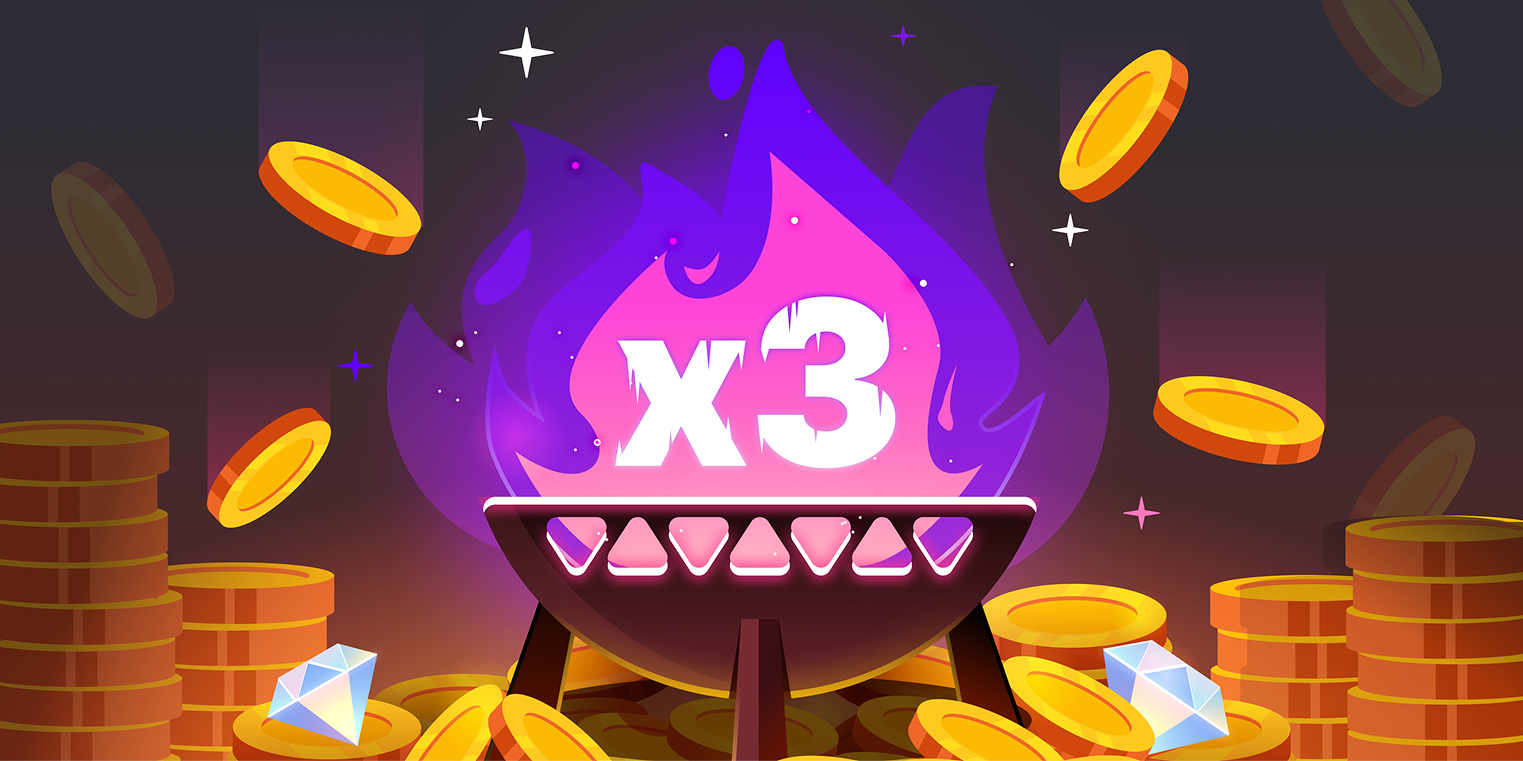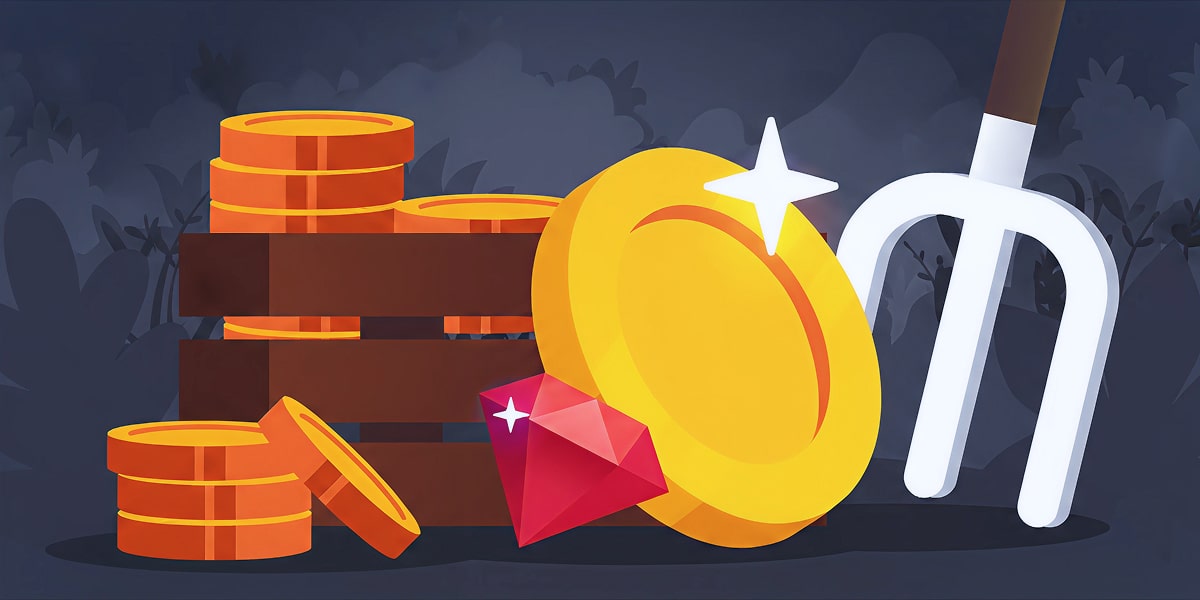|
The world of non-fungible tokens (NFT) is not easy and requires a lot of extensive research. But do not worry, CryptoTab is here to help and guide you through this learning process!
As you might have heard, the word NFT is often used alongside the word Ethereum, which might raise some questions for you. So, let’s see what it is and how it works.
What is Ethereum?
Ethereum is a second-generation blockchain that carried forward the ideas and concepts introduced by Bitcoin, making them more advanced and adding more functionality than just payments.
The main and most important feature of Ethereum is smart contracts. In a nutshell, with the Ethereum network, you can write your own smart contracts in which a transaction is automatically executed if all conditions are met. The entire process is verified by the blockchain, so if any of the conditions are not fulfilled — the contract will not be carried out.
That is the main advantage of Ethereum: it makes the whole process of executing the contract automated — less time-consuming, costly and no third party has to be involved. And what’s more, personal data is more protected as it’s not stored on a central server like in a traditional marketplace.
What is ETH?
The token used in Ethereum is called — Ether (ETH). It is the native cryptocurrency of the blockchain, which is second only to Bitcoin (BTC) in market capitalization.
What is ETH used for?
Nowadays, Ether can be stored, traded, or used to interact with decentralized applications, such as smart contracts.
But what’s more, they can be used for purchasing NFTs on platforms like OpenSea. The purchasing process itself is a contract. For instance, when you buy NFT Mining Master Token with ETH, you deposit a particular amount of currency, and if you meet the agreed-upon conditions (you transfer the right amount from your balance) — you receive the desired token. And the same goes for all NFTs from CryptoTab collections.
|


